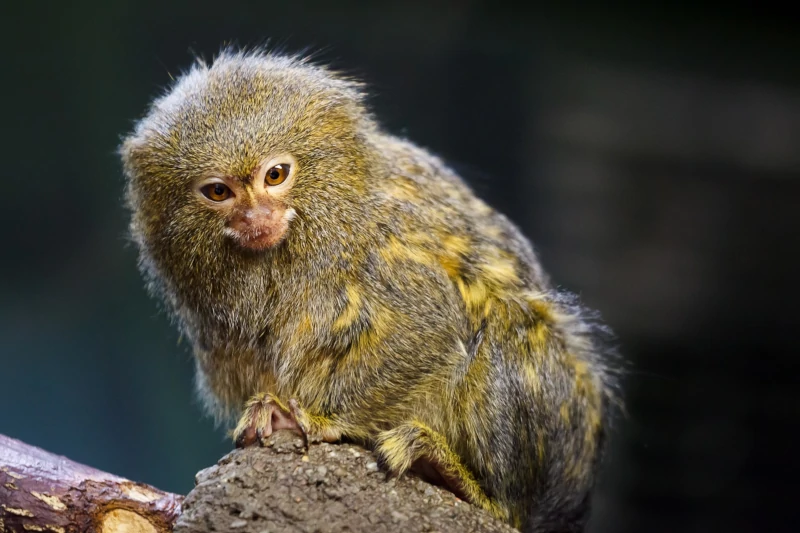Welcome to Iquitos, the gateway to the Peruvian Amazon! Here, you will embark on a truly unforgettable adventure as you explore the Allpahuayo-Mishana National Reserve, a pristine wilderness area that is home to an incredible array of wildlife and plant species.
This unique tour will take you deep into the heart of the rainforest, where you will have the opportunity to spot rare and exotic creatures such as sloths, monkeys, giant otters, and countless species of birds. Along the way, you’ll learn about the complex ecosystems that sustain this incredible biodiversity and gain a new appreciation for the fragile balance of nature.
Whether you’re a seasoned nature lover or a first-time visitor to the rainforest, the Allpahuayo-Mishana National Reserve Wildlife Tour is an experience you won’t want to miss.
Brief overview of Iquitos and the Allpahuayo-Mishana National Reserve
Iquitos is a bustling city located in the northeastern region of Peru, where the mighty Amazon River meets the Marañón River. Known as the “Capital of the Peruvian Amazon,” Iquitos is the largest city in the world that is inaccessible by road. It can only be reached by plane or boat.
One of the main attractions of Iquitos is the Allpahuayo-Mishana National Reserve. This is a protected area spanning over 580.699 km2 of pristine rainforest. The reserve is home to an incredible array of flora and fauna. This flora and fauna includes over 500 species of birds, 120 species of mammals, and countless species of reptiles, amphibians, and insects.
The Allpahuayo-Mishana National Reserve is particularly famous for its unique ecosystems, which include white-sand forests, black-water lakes, and palm swamps. These diverse habitats are home to rare and exotic species. Among these species are the pygmy marmoset, the giant otter, the pink river dolphin, and the hoatzin bird.
Visitors to the reserve can explore its many trails and observation towers and take boat rides down the Amazon River. They can also visit local communities to learn about their way of life and traditional uses of the rainforest’s resources. Additionally, the reserve offers educational programs for visitors who are interested in learning about the conservation efforts being made to protect this vital ecosystem.

Importance of the Reserve’s biodiversity
The Allpahuayo-Mishana National Reserve is a region of immense ecological significance, both within Peru and around the world. Its unparalleled biodiversity is a testament to the complex web of life that exists within the Amazon rainforest. Its biodiversity also underscores the importance of conservation efforts in preserving this fragile ecosystem for future generations.
One of the most remarkable aspects of the reserve’s biodiversity is its high levels of endemism. Endemic species are those that are found nowhere else in the world. The Allpahuayo-Mishana National Reserve is home to a stunning array of such species. This includes over 30 species of primates, including the pygmy marmoset, one of the smallest monkeys in the world. Other notable endemic species include the Mishana tyrannulet, the Allpahuayo antbird, and the Hoatzin bird, which has a unique digestive system and is sometimes referred to as the “stinkbird.”
Beyond its endemic species, the reserve is also home to an incredible array of plant and animal life. This wildlife includes countless species of birds, reptiles, amphibians, and insects. Many of these species have important ecological roles, such as pollinating plants, controlling insect populations, and serving as food for larger predators.
The biodiversity of the Allpahuayo-Mishana National Reserve is not only important in its own right, but also has significant implications for human health and well-being. The rainforest’s plants and animals provide a vast array of resources that are used in medicine, agriculture, and other industries. Additionally, its ecosystems play a critical role in regulating the Earth’s climate.

Best time to visit
The Allpahuayo-Mishana National Reserve is a stunning natural wonder that can be enjoyed year-round. However, the best time to visit depends on your priorities and interests.
The rainy season in the Amazon region typically runs from December to May. The heaviest rainfall occurs from February to April. During this time, the forest is lush and green. Many plants in bloom and an abundance of fruit available for wildlife. The rivers are also higher, making boat travel easier and opening up new areas for exploration. However, the increased rainfall can also make hiking and other activities more challenging. Some trails may be closed due to flooding.
The dry season, which runs from May to October, is characterized by lower humidity and more temperate temperatures. This can make outdoor activities more comfortable, and also reduces the number of insects and mosquitoes. Additionally, during the dry season, river levels drop. Thus, sandy beaches and river banks become visible. On these places, wildlife can be more easily observed. However, the forest can be drier and more sparse during this time. Therefore, wildlife may be more difficult to spot as they move deeper into the forest in search of water.
Overall, the best time to visit the Allpahuayo-Mishana National Reserve depends on your preferences and priorities. If you enjoy lush vegetation and don’t mind the rain, the rainy season may be the best choice for you. If you prefer drier conditions and easier access to wildlife, the dry season may be more suitable. Regardless of when you visit, the reserve’s incredible biodiversity and unique ecosystems are sure to leave you awe-inspired.

